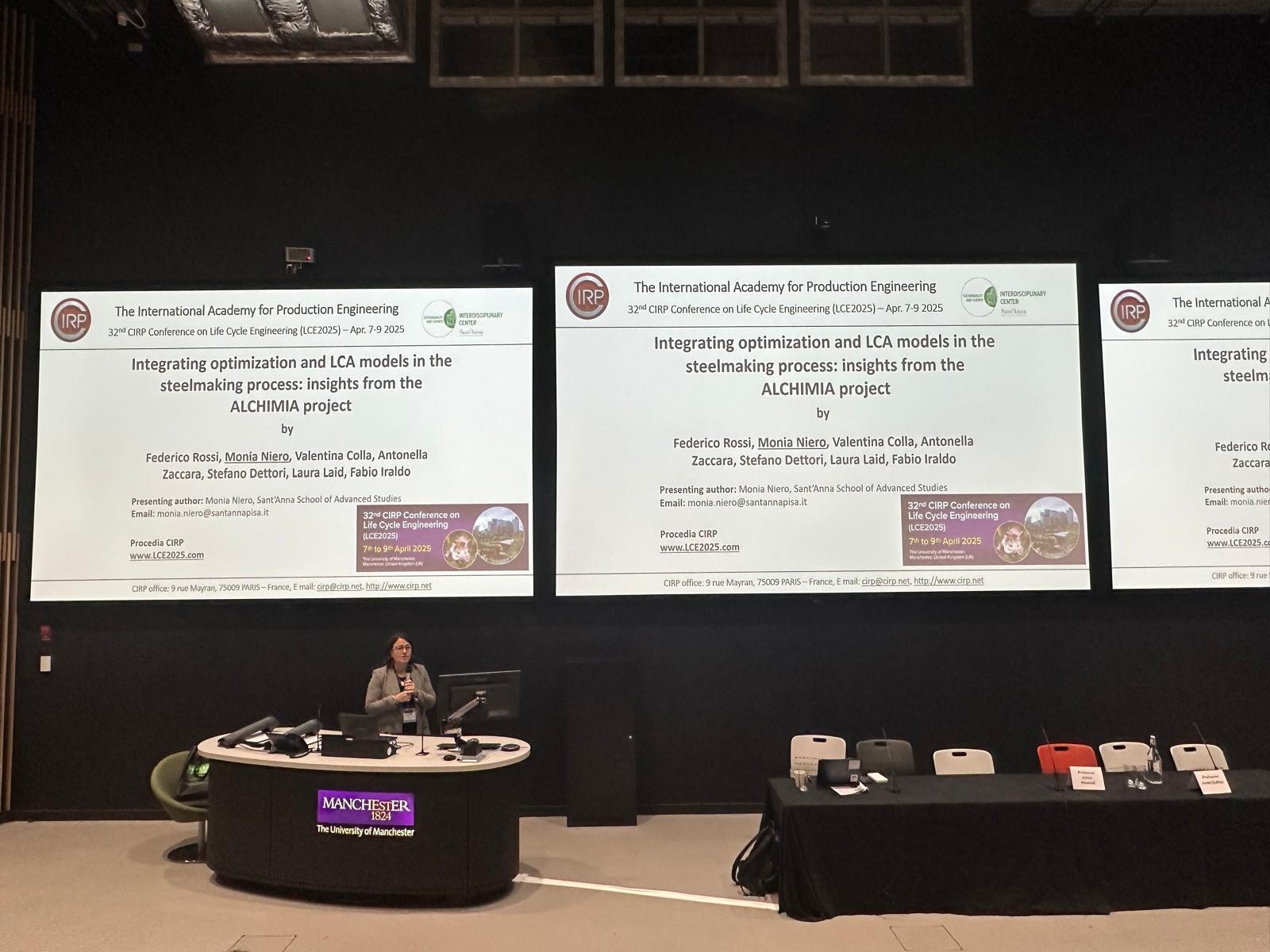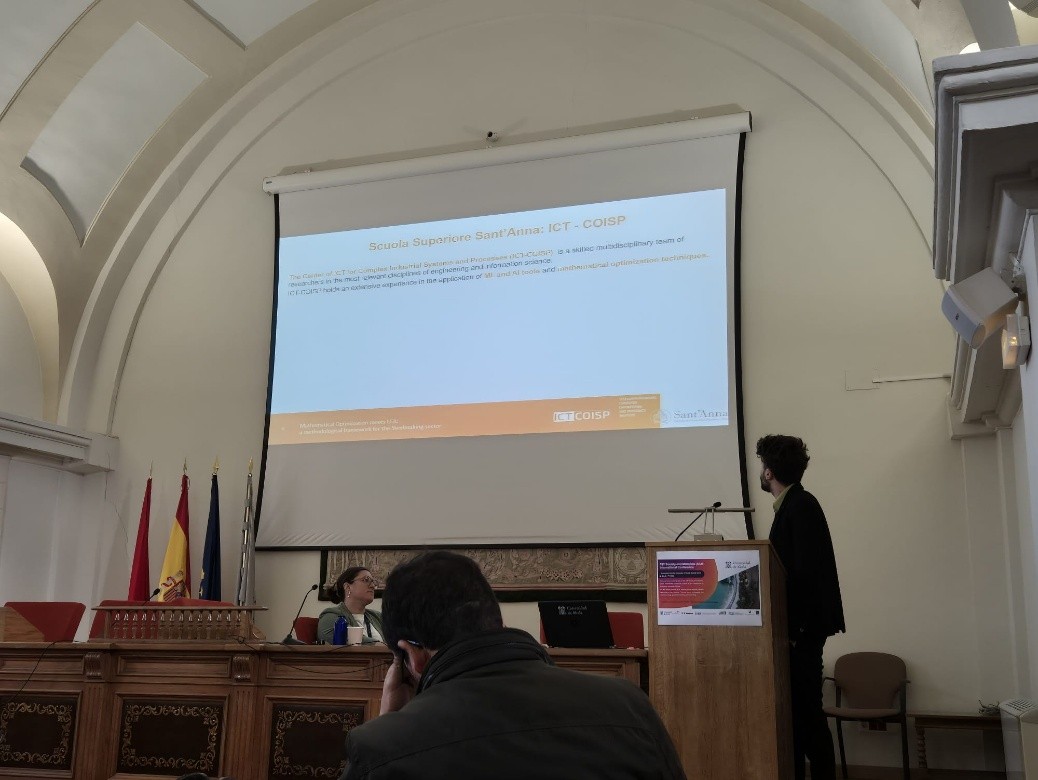When sustainability meets optimization in the steel sector: challenges and opportunities

Steel is the backbone of modern industry — from cars to infrastructure — yet its production remains one of the most energy- and resource-intensive industrial activities. As Europe moves toward climate neutrality, the steel sector faces the challenge of producing high-quality materials with a lower environmental footprint.
This is where Life Cycle Assessment (LCA) and optimization come together. Traditionally, LCA has been used to evaluate the environmental impacts of steelmaking processes across their entire life cycle — from raw material extraction to the factory gate. It helps identify “hotspots” such as electricity use or raw material sourcing. However, conventional LCA often relies on comparing a few predefined scenarios, which may not capture the full range of possible process configurations.
To overcome this limitation, researchers from Sant’Anna School of Advanced Studies in the ALCHIMIA Project are developing what they call an “Optimized LCA” approach. Instead of testing fixed scenarios, the method integrates mathematical optimization directly into the LCA model. This means that the quantities of key inputs — like different scrap types, ferroalloys, or electricity use — are treated as variables that can be adjusted automatically to minimize environmental impacts, such as Global Warming Potential or Cumulative Energy Demand, while maintaining steel quality and operational constraints.
In practice, this approach enhances LCA’s ability to serve as a prescriptive decision-support tool. For example, in an Electric Arc Furnace (EAF) – which already represents a more circular steelmaking route due to its reliance on scrap – the Optimized LCA can calculate the most environmentally sustainable mix of input materials while ensuring the same product performance.
The case study developed within ALCHIMIA focuses on CELSA Group, a major European steelmaker. The project team uses real industrial data and digital modelling, including artificial intelligence, to test how optimization can help reduce environmental impacts without compromising efficiency or product quality.
The broader ambition is clear: to make environmental assessment a dynamic, data-driven process, capable of guiding real-time decisions in complex industrial systems. By integrating optimization and LCA, steelmakers can not only quantify their impacts but also actively design processes that perform better – for the environment and for production.
This study has been successfully by the researchers of Sant’Anna School of Advanced Studies presented at LCE Conference in Manchester, UK (32nd CIRP Conference on Life Cycle Engineering: 7 to 9 April 2025) and SAM19 conference in Madrid, Spain (19th Society and Materials International Conference: 6 to 7 May 2025).

